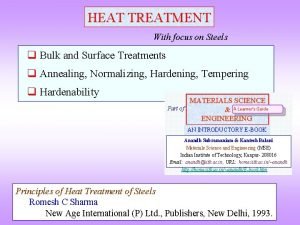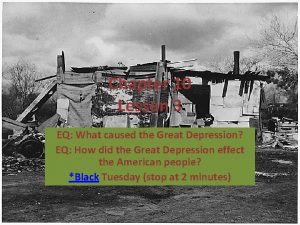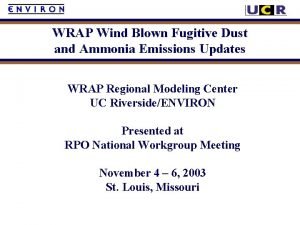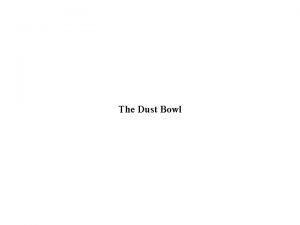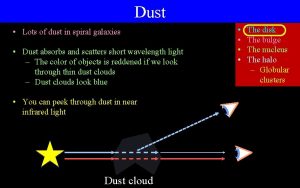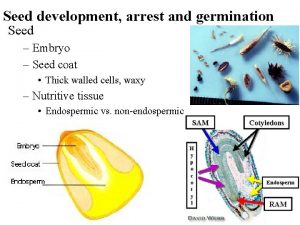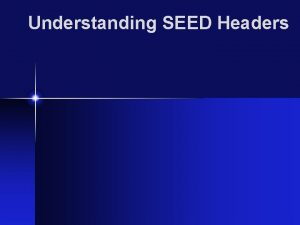SEED TREATING EQUIPMENT SEED TREATING EQUIPMENT 1 Dust












- Slides: 12

SEED TREATING EQUIPMENT

SEED TREATING EQUIPMENT 1. Dust Treater (Gustafson XL Dry Powder Seed Treater) Ø Controlling the Flow of Seed • The amount of seed which flows into the weigh pan (which is just beneath the feed hopper on top of the treater) is controlled by opening or closing the gates of the feed hopper by means of the hand wheel on the side of the hopper • Gates should be open to whatever number of inches it takes to keep the weigh pan filled to the required number of pounds per dump as it tilts in either direction • The number of pounds per dump is adjusted by correctly setting the counterweight up or down on the counterweight arm

Ø Powder Application • To be sure that the correct amount of powder is being applied to the seed flow, a preliminary test must be made in which a given number of pounds of seed (such as 100 lbs) is run through the feeder • During this run, the measuring cup provided with the feeder should be used to catch the powder as it comes off the vibrator • After the given amount of seed has run through, the powder should be weighed in order to determine how much is being applied to that amount of seed • • The vibrator speed can then be adjusted accordingly Then a second or more tests should be run until proper setting of the vibrator speed is determined for correct coverage

2. Slurry Seed Treater • The slurry treatment principle involves suspension of wettable powder treatment material in water • The treatment material applied as a slurry is accurately metered through a simple mechanism composed of a slurry cup and seed dump pan • The cup introduces a given amount of slurry with each dump of seed into a mixing chamber where they are blended • While operation of the slurry treater is relatively simple, the various operation procedures must be thoroughly understood. 1. The metering principle is the same in direct, ready-mix or fully automatic treaters-i. e. , the introduction of a fixed amount of slurry to a given weight of seed

• To obtain a given dump weight, slurry treaters are equipped with a seed gate that controls seed flow to the dump pan. With the proper seed gate setting, a constant dump weight for a given can be obtained • The amount of treatment material applied is adjusted by the slurry concentration and the size of the slurry cup or bucket • As the dump pan fills, a point is reached where it over-balances the counter weight and dumps into the mixing chamber • This brings the alternate weighing pan in position to receive the inflow of seed and activates a mechanism to add a cup of slurry to the mixing chamber. Thus, one cup of slurry is added with each dump of seed

• The mixing chamber is fitted with an auger type agitator that mixes and moves seed to the bagging end of the chamber. The speed of the auger is important, because at slow speeds more uniform distribution is obtained • Slurry tanks have 15 to 35 gallon capacities, depending upon the size of the treater. They are equipped with agitators that mix the slurry in the tank and keep it suspended during operation • It is important that the powder be thoroughly suspended in water before treating. If the treater has been idle for any period of time, sediment in the bottom of the slurry cups must be cleaned out • The proper size slurry cup must be used. Most machines now have cups with ports and rubber plugs for 15 cc, 23 cc, and 46 cc quantities • Some users prefer to mix the slurry in an auxiliary tank and then transfer to the slurry chamber as needed

Slurry Seed Treater

Direct treaters • Direct treaters are the most recent development and include the Panogen and Mist-O-Matic treaters. These two were initially designed to apply undiluted liquid treatment • Instead of applying 23 cc of material per 10 pounds of wheat, as in slurry treaters, they apply 14 to 21 cc (1/2 to 3/4 ounces) per bushel of "wheat • This small quantity of material is suitable only with liquid materials which are somewhat volatile and do not require complete, uniform coverage for effective action • Later modifications for direct treaters include dual tanks that permit simultaneous addition of a fungicide and an insecticide, and adaptations for the application of slurries • The metering device used in both types of direct treater is similar to that of the slurry treater, since it is attained through synchronization of a treatment cup and seed dump

• Otherwise, the two direct treaters differ decidedly from the slurry treater and from each other • Both of these direct treaters have an adjustable dump pan counter weight to adjust the weight of the seed dump. This is not practical with slurry treaters 3. Panogen Seed treater • The operation of the Panogen treater is relatively simple • A small treatment cup, operating from a rocker arm directly off the seed dump pan and out of a small reservoir, meters one cup of treatment with each dump of the seed pan • Fungicide flows through a tube to the head of the revolving drum seed mixing chamber • It flows in with seed from the dumping pan and is distributed over the seed by the rubbing action of the seed passing through the revolving drum

• The desired treating rate is obtained by the size of the treatment cup and by adjusting the seed dump weight • Treatment cup sizes are designated by treating rate in ounces and not by actual size-e. g. , the 3/4 ounce cup applies 3/4 ounce (22. 5 cc) of treatment per bushel with six dumps per bushel • The actual size of this cup is approximately 3. 75 cc 4. Mist-O-Matic Seed Treater: • The "mist-o-matic" treater applies treatment as a mist directly to the seed. The metering operation of the treatment cups and seed dump is similar to that of the "Panogen" treater • Cup sizes are designated by the number of cc's they actually deliver-e. g. , 2 ½ , 5, 10, 20 and 40. The treater is equipped with a large treatment tank, a pump and a return that maintains the level in the small reservoir from which the treatment cups are fed

• After metering, the treatment material flows to a rapidly revolving, fluted disc mounted under a seed-spreading cone • The disc breaks droplets of the treatment solution into a fine mist and sprays it outward to coat seed falling over the cone through the treating chamber • Just below the seed dump are two adjustable retarders designed to give a continuous flow of seed over the cone between seed dumps. This is important since there is a continuous misting of material from the revolving disc • The desired treating rate is obtained through selection of treatment cup size and proper adjustment of the seed dump weight

THANK YOU
 Behavioural approach to treating phobias
Behavioural approach to treating phobias Tumor treating fields mechanism of action
Tumor treating fields mechanism of action Tcf outcomes 1 6
Tcf outcomes 1 6 Cognitive approach to treating depression
Cognitive approach to treating depression Wholesale hardening and tempering
Wholesale hardening and tempering Ethical issues in treating lgbt patients
Ethical issues in treating lgbt patients Chapter 4 ethics and social responsibility
Chapter 4 ethics and social responsibility Chapter 24 lesson 2 preventing and treating stds
Chapter 24 lesson 2 preventing and treating stds Dust bowl map
Dust bowl map Route 66 dust bowl
Route 66 dust bowl Dust bowl acrostic poem
Dust bowl acrostic poem Wrap fugitive dust handbook
Wrap fugitive dust handbook Winter storm severity index
Winter storm severity index




